Car
Single-DIN vs. Double-DIN Car Stereos
Updated March 25, 2025
What is a Double DIN Car Stereo and Why Does It Matter?
If you’re upgrading your car stereo, you’ve likely come across the term “DIN size.” But what does it mean, and how does it affect your car audio system? Understanding DIN sizes is essential for selecting the perfect head unit for your vehicle, ensuring compatibility and an easy installation process.
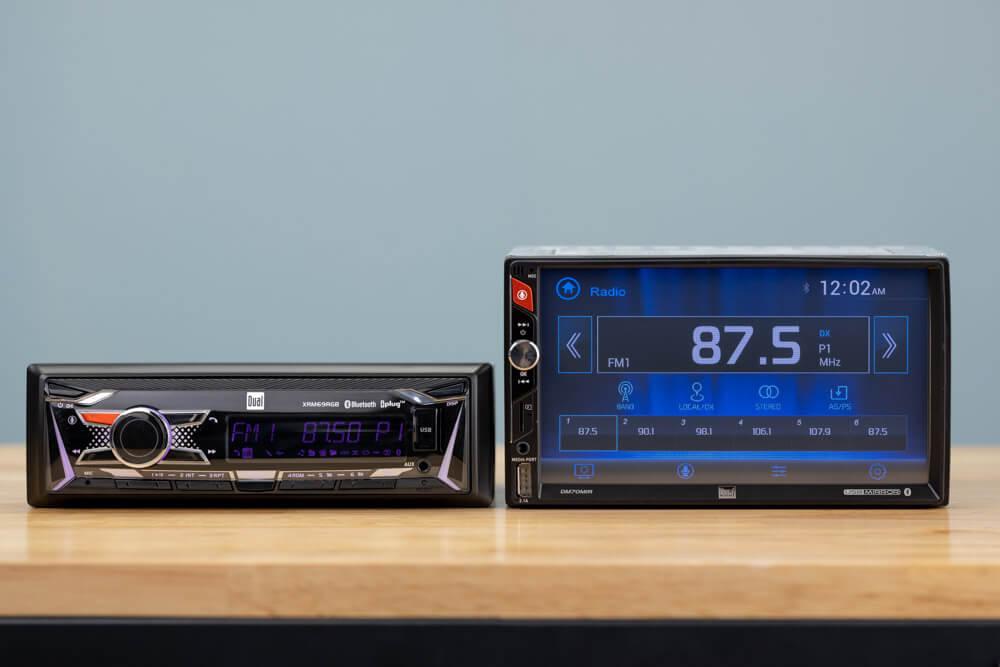
What is Double DIN?
Car stereos come in two primary sizes:
- Single DIN: Measures 2 inches (50 mm) in height and 7 inches (180 mm) in width. It’s the standard size for some vehicles, making it easy to replace or upgrade.
- Double DIN: Measures 4 inches (100 mm) in height and 7 inches (180 mm) in width. A double DIN car stereo offers more space for touchscreen displays, advanced controls, and additional features like Apple CarPlay and Android Auto. This is the most common size and also easy to replace or upgrade.
Many companies make installation kits to fit specific vehicles that may have non-standard dash sizes.
Double DIN vs. Single DIN: Which One is Right for You?
Choosing between a double DIN vs. single DIN stereo depends on your car’s dashboard size and your feature preferences.
- Single DIN Advantages: Compact, easy to install, and compatible with most vehicles.
- Double DIN Advantages: Larger screens, better functionality, and modern technology integration.
If you’re wondering, are car radios universal? — the answer is no. While most car stereos follow standard DIN sizes, some vehicles require special adapters or mounting kits.
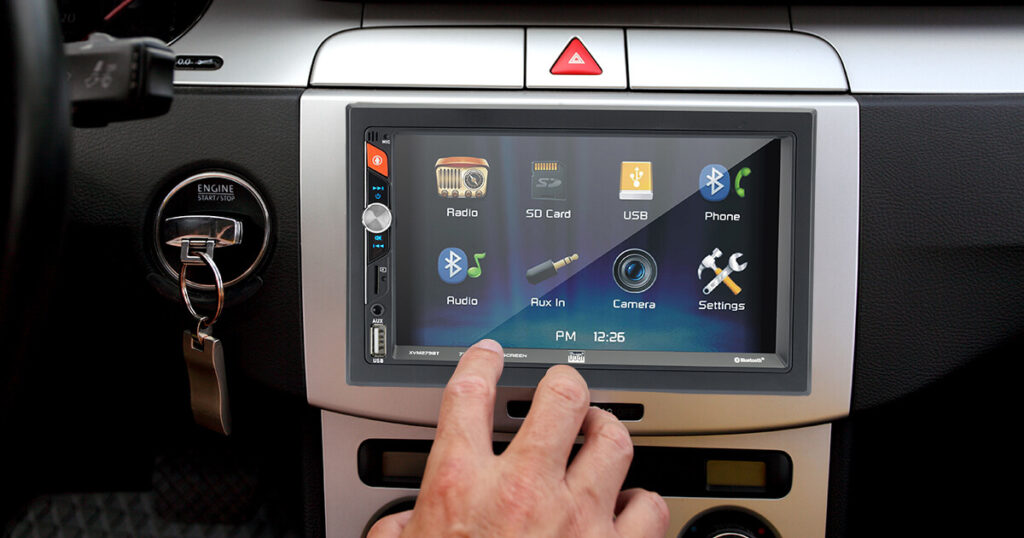
How to Determine Your Car Stereo Size
Before purchasing a new car stereo, check your dashboard’s radio size by searching online. Most vehicles adhere to single or double DIN standards, but some may require installation kits for a seamless fit. There are also some car stereos that will fit both single and double-DIN openings.
To be certain about compatibility, you can search for “how to measure car stereo size.” There are many vehicle-specific car stereo installation kits available to make your new stereo compatible.
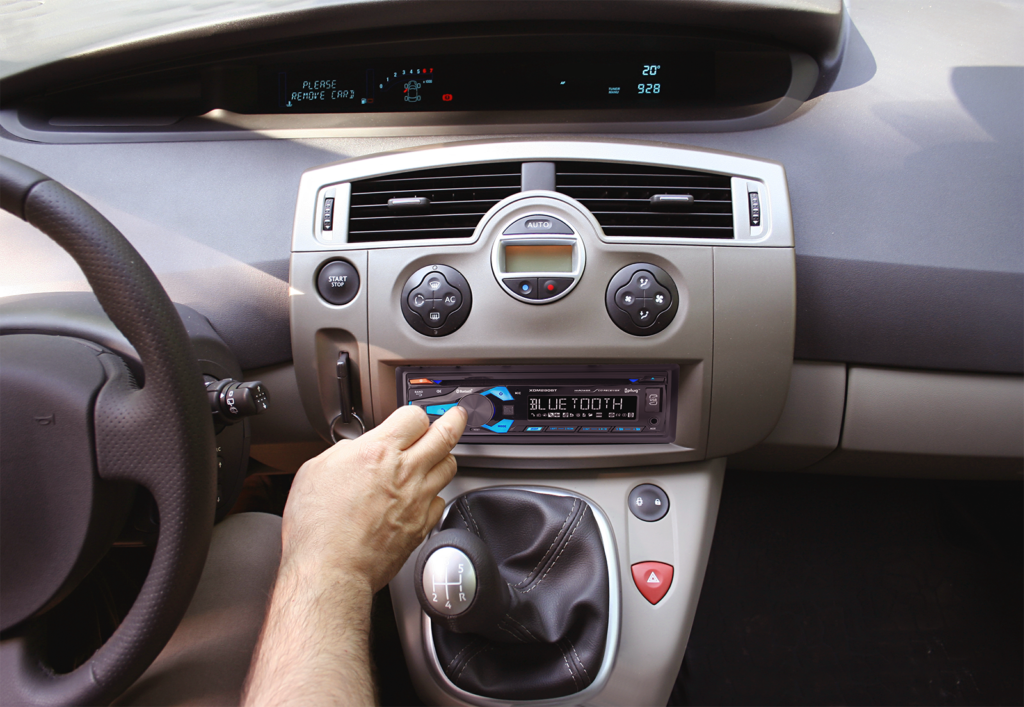
Top-Searched Features for Car Stereos in 2025
To optimize your car stereo upgrade, consider these highly searched features:
- Apple CarPlay & Android Auto for seamless smartphone integration.
- Touchscreen displays for intuitive control and enhanced user experience.
- Bluetooth connectivity for hands-free calling and music streaming.
- Backup camera compatibility for added safety.
- High-resolution audio support for superior sound quality.
- Steering wheel control compatibility to control your stereo without taking your hands off the wheel.
What is a Floating Screen Car Stereo?
One emerging trend in car audio is the floating screen car stereo, which extends beyond the dashboard, offering a larger and more versatile touchscreen interface. These stereos, often available in single DIN configurations, provide an enhanced experience without requiring major dashboard modifications.
Installing a New DIN Stereo: Step-by-Step Guide
- Check compatibility: Ensure the new stereo matches your car’s dash size.
- Gather tools: You’ll need a screwdriver, wiring harness adapter, and mounting kit.
- Disconnect the battery: Safety first!
- Remove the old unit: Use a stereo removal tool if needed.
- Connect the wiring: Match the harness adapter with your car’s wiring.
- Mount the new stereo: Secure it in place and test all functions before finalizing the installation.
- Reconnect Battery
For those looking for an easy upgrade, plug and play car stereos simplify installation and reduce the need for custom wiring.
Conclusion: Choosing the Right Size for Your Car
Whether you choose a single DIN or a double DIN, understanding dash sizes ensures you make the right choice. With top-searched features like Apple CarPlay, Android Auto, Bluetooth, and touchscreen displays, upgrading your car stereo in 2025 is easier and more rewarding than ever.
Need help selecting the perfect stereo? Explore expert recommendations to find the best fit for your vehicle today!
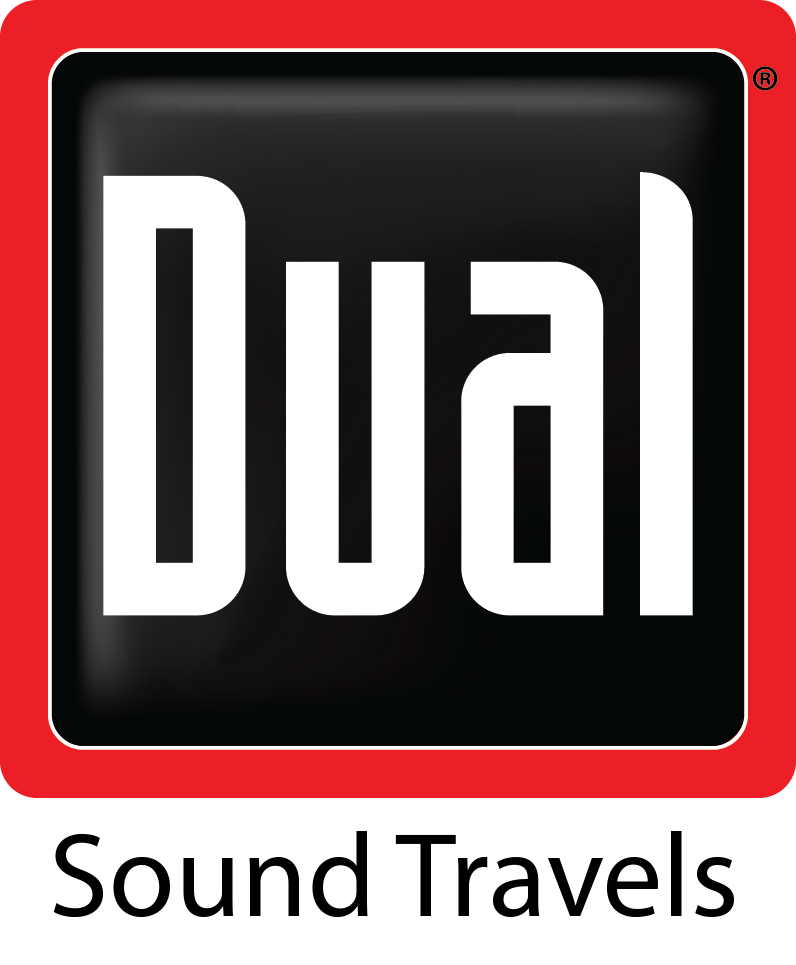
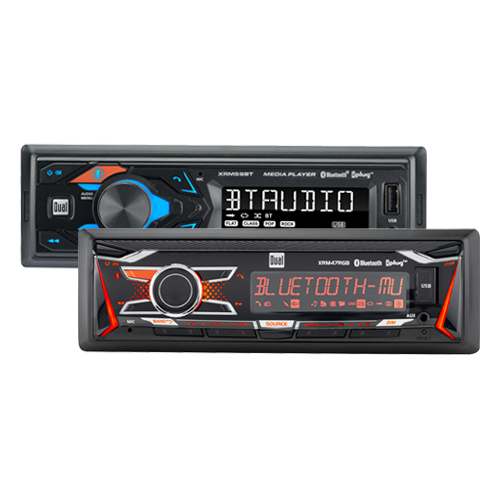
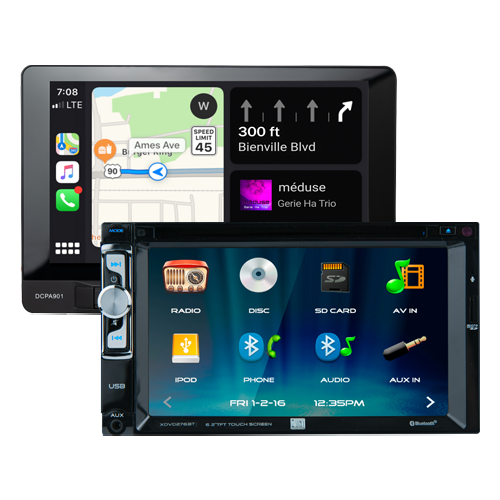
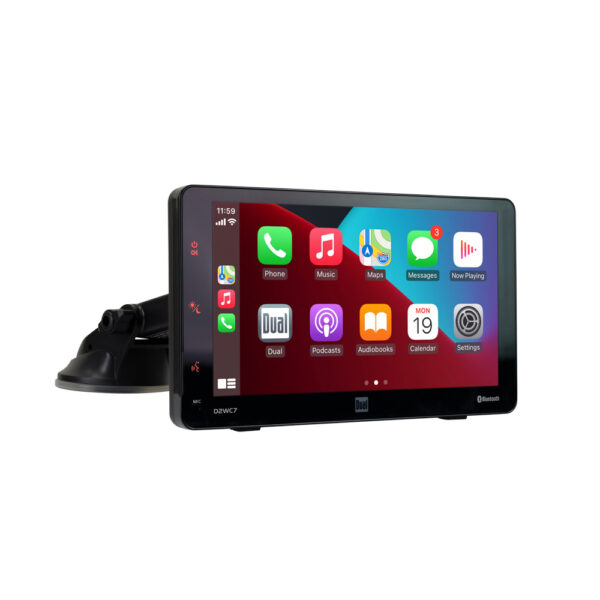
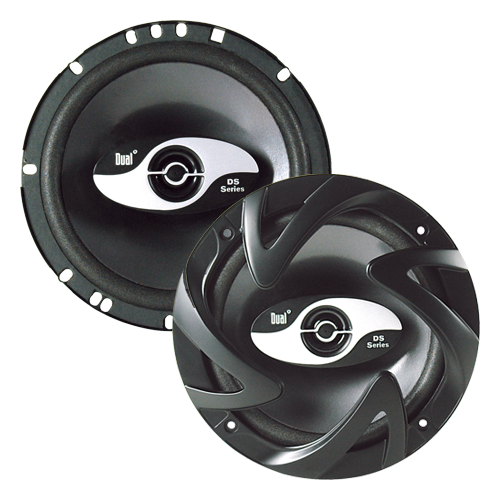
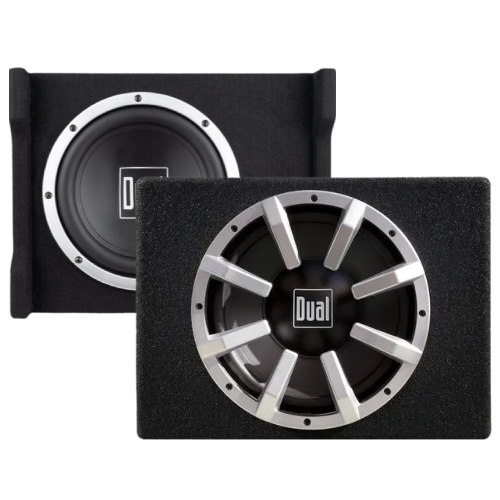
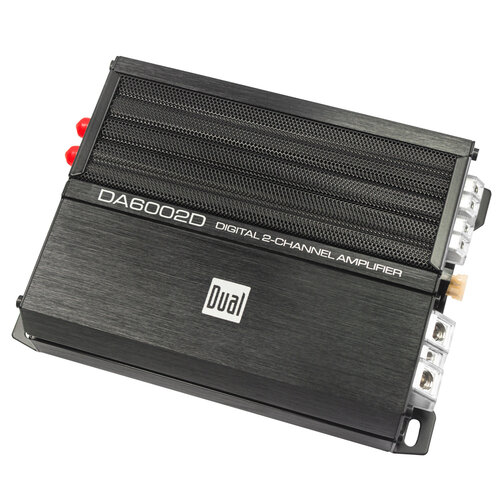
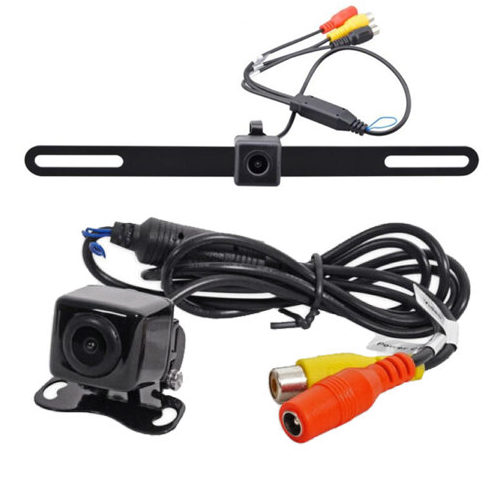
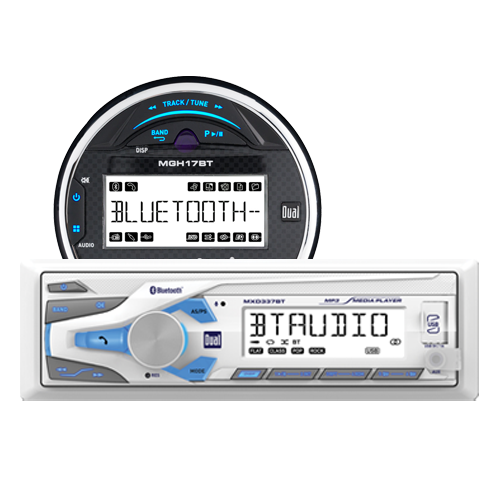
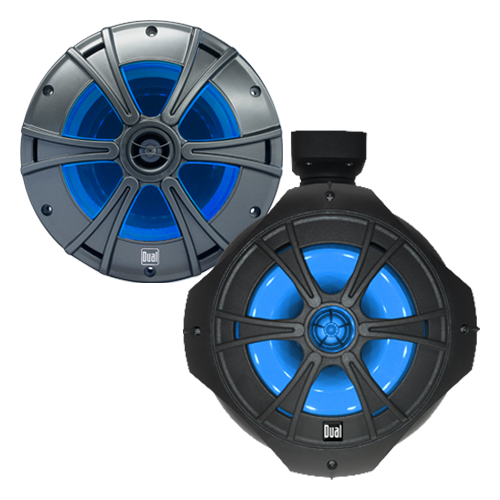
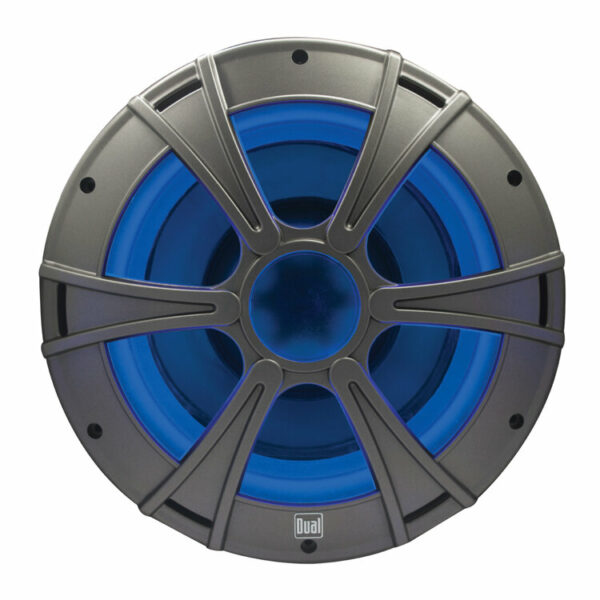
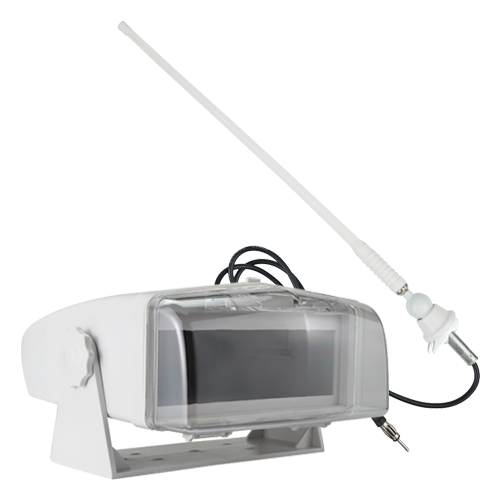
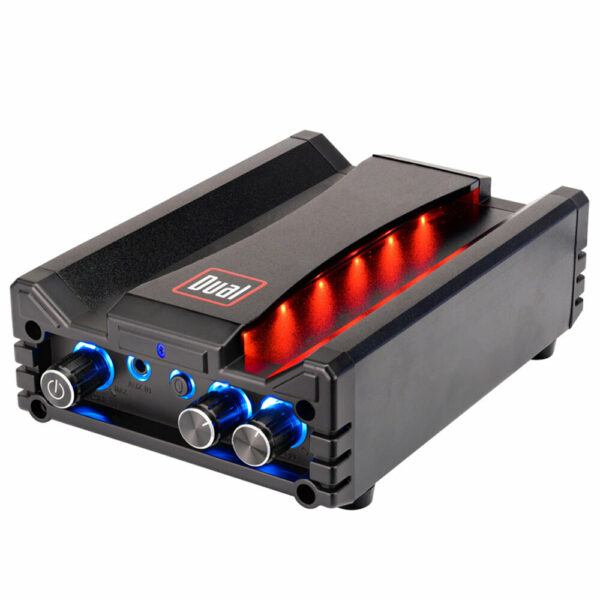
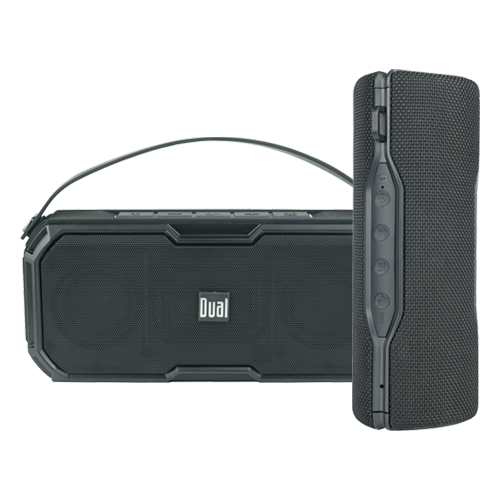
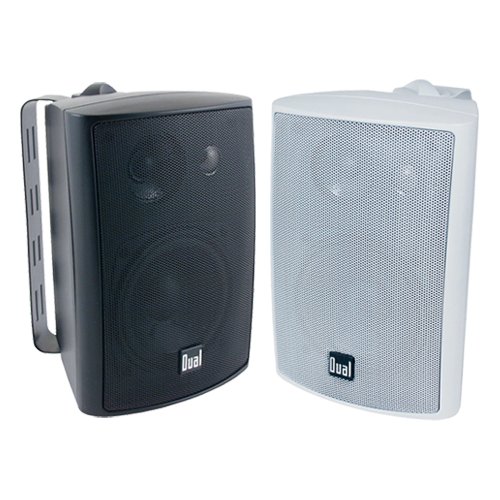
Car
The Impact of Speaker Size on Sound Quality in Car Audio Systems
Home
TV Sound Bar Maintenance: Tips for Longevity
Car
5 Signs It’s Time to Upgrade Your Car Stereo System
Home
Top 10 TV Sound Bars of 2024: Reviews and Recommendations